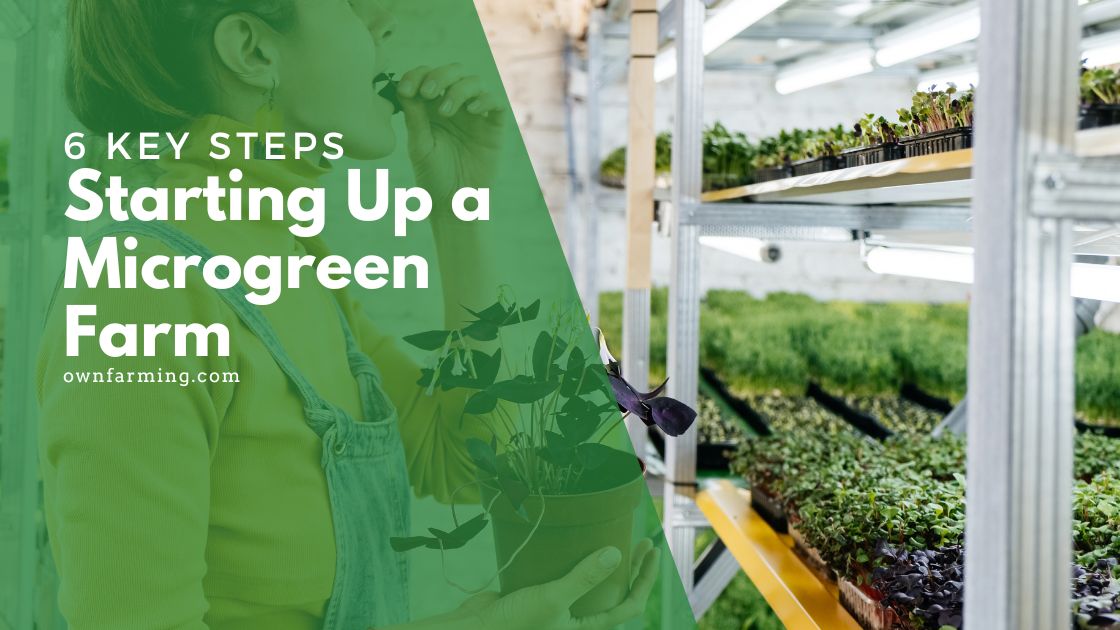If you are looking for a sustainable way to grow your own food, starting up a microgreen farm can be an excellent choice. Microgreens are easy to grow at home and require little space or maintenance. Not only do they provide fresh, nutritious greens all year round but they also offer a great opportunity to make some extra money on the side.
In this article, we’ll discuss the key steps that will help you get started with your very own thriving microgreen venture! From soil selection and seed procurement to harvesting and marketing your product, we’ll cover everything you need to know about how to farm microgreens successfully. So let’s get started!
Starting Up a Microgreen Farm Quick Guide
By following the steps above, you should be able to successfully set up your own microgreen farm with minimal effort and resources. Good luck and happy farming!
1. Select the right soil
2. Testing New Varieties and Techniques
3. Set up a proper growing area
4. Keep everything recorded
5. Don’t overdo it
6. Market your product
Starting Up a Microgreen Farm: 6 Key Steps
Step 1: Select the right soil
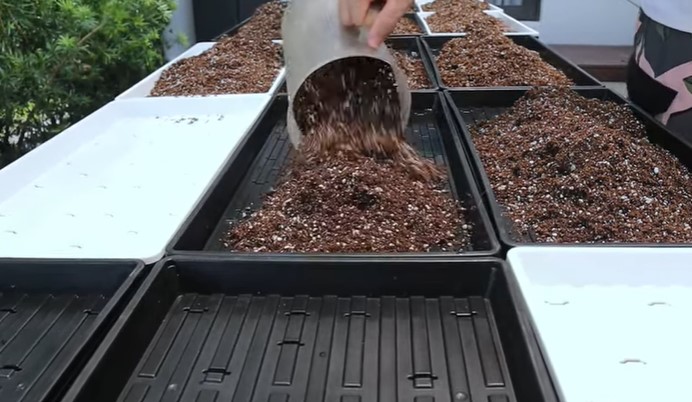
- The quality of your soil is critical to successful microgreen farming. You’ll need a light, nutrient-rich potting mix that offers good drainage and aeration.
- Make sure you purchase organic soil from a reputable source to ensure that your plants remain healthy and free from pesticides or other contaminants.
Step 2: Testing New Varieties and Techniques
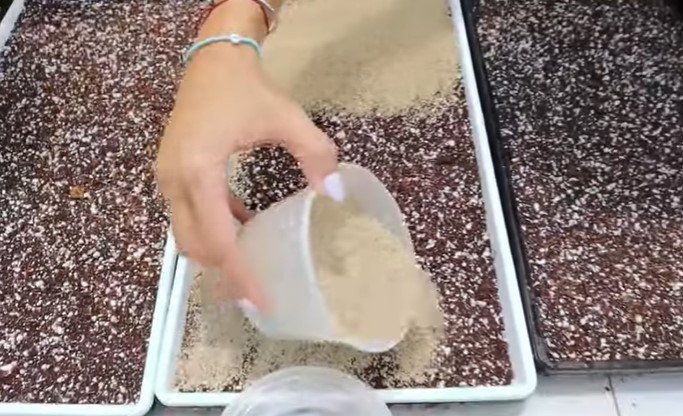
- There are numerous types of microgreens available, so it’s important to select a variety that you can successfully grow in your chosen environment.
- Consider factors such as growing season, climate, and soil type when selecting the best seeds for your microgreen farm.
- It is recommended to begin with radish seeds since they are the easiest to grow and have a quick growth cycle.
- It is advantageous to spend slightly more on organic seeds. This way, you can promote your microgreens as being organic.
Step 3: Set up a proper growing area
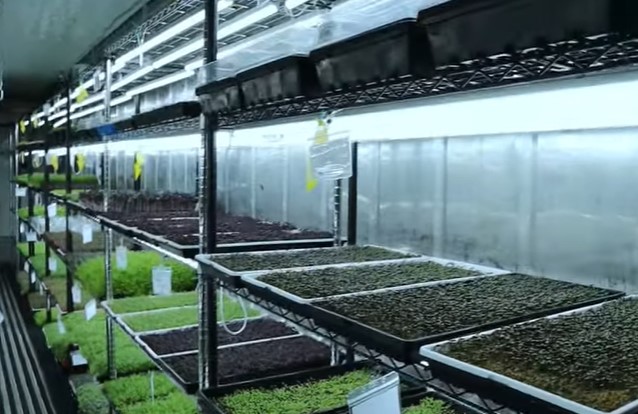
- Microgreens require a small amount of space and little maintenance.
- Consider setting up your growing area in an unused corner of the yard or even inside your home.
- When selecting a location for your farm, make sure it has plenty of light and is free from excessive heat or cold.
- To ensure that your microgreens get the proper nutrients, monitor the water content and make sure it has enough nitrogen, phosphorus, and potassium.
- You can also consider adding fertilizer to help boost nutrient levels if needed.
Step 4: Keep everything recorded
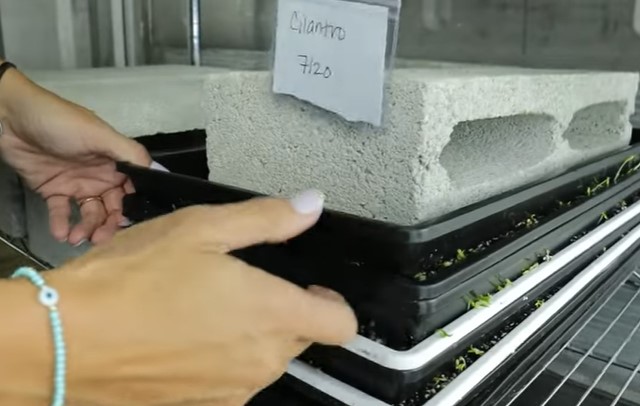
- To run a successful business, it’s crucial to keep detailed records. You should create separate sheets for each type of microgreen you grow and record information such as the seed variety and the company you purchased it from.
- Also, note the date and time you soaked the seeds, the date and time you seeded the trays, the seed density per tray, and any seed techniques you used (such as using a paper towel or how many stacks of trays).
- Record growing conditions like light per tray, humidity, airflow, and watering.
- Finally, include the harvest date and time, harvest technique, and yield.
Step 5: Don’t overdo it
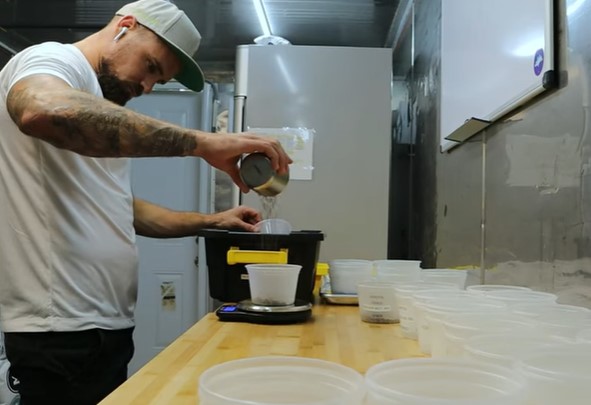
- Begin by selecting one, two, or three types of microgreens. It is recommended to choose popular varieties such as radish or sunflower.
- To make a steady income, prioritize selling essential items before focusing on rare or expensive products. The demand for pricier items will only matter if there are buyers willing to purchase them.
- To begin with, try growing only one or two types of microgreens and limit yourself to no more than 20 trays per week. Once you start making sales, you can gradually increase your production.
Step 6: Market your product
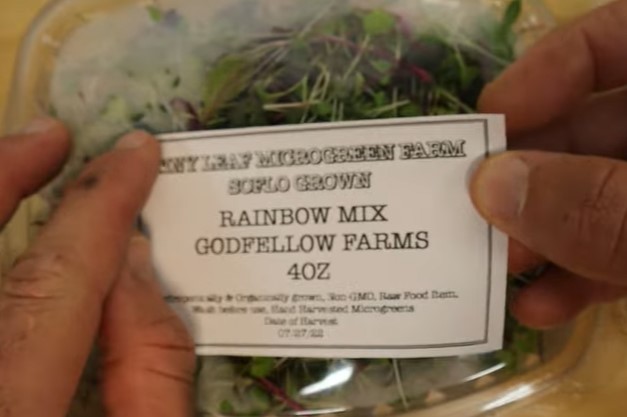
- Once you have successfully harvested your microgreens, it’s time to start marketing your product! Consider selling your microgreens locally or via online platforms such as Etsy or Craigslist. You can also join farmer’s markets or food co-ops in order to reach a wider customer base.
- If you can establish more contacts and find potential buyers for your microgreens before they are fully grown, then you will be able to sell them with less pressure.
- Microgreen growers have multiple sales channels to choose from, such as selling to chefs, residential customers, farmers’ markets, grocery stores, and wholesale. This is a common practice among most growers.
Common Questions About Starting Up a Microgreen Farm
What is the cost of starting a microgreen business?
Starting a microgreens business requires minimal investment and time – with just $100 and a couple of hours a week, you can make between $500 to $1000 per month by simply growing 10-20 trays of microgreens.
Is there profit in microgreens?
Growing microgreens can be a highly profitable endeavor since they can be cultivated in limited areas and sold for $50 per pound or more. This makes them a perfect crop option for small farms and city-based growers.
What microgreens to sell?
Some popular microgreens include broccoli, cauliflower, cabbage, and many others. Restaurants and home chefs often use them to garnish and enhance dishes, like salads, sandwiches, soups, cocktails, and entrees. It’s a great time to start growing them yourself!
Video Starting a Microgreen Farm in the Middle of a Bustling City
Are you interested in how to farm microgreens? Microgreens are a great way to provide fresh, nutrient-dense produce all year round. This video will show you the basics of how to set up a successful microgreen farming operation at home. Learn everything you need to know about starting up a microgreen farm!
Final Thoughts
Starting up a microgreen farm is an exciting and rewarding experience. There are many benefits to growing your own microgreens at home, including the ability to control the quality of what you produce, reduce food waste, and provide delicious fresh greens year-round.
With some basic knowledge of how to farm microgreens successfully, anyone can create their own sustainable source of healthy nutrition right in their backyard or balcony. Whether you’re looking for a new hobby or want to become self-sufficient with organic produce, starting up your own microgreen farm is sure to be both fun and fulfilling!

